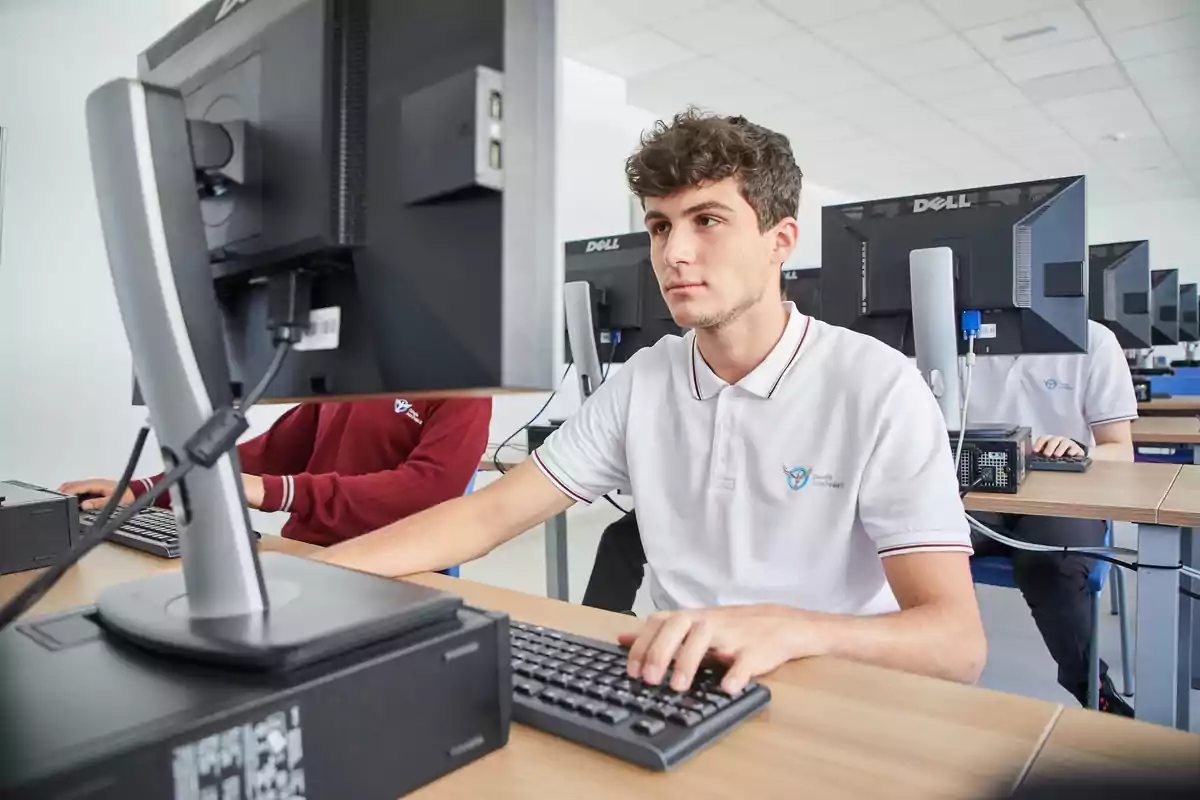
A School Without iPads or Cellphones, but With Students Who Program and Create Their Own AI
In Juan Pablo II School in Parla, technology is not an end but a means. Without screens in the classroom
At Juan Pablo II School in Parla, technology is not an end, but a means. Without screens in the classroom, but with students who program, develop computational thinking, and take their first steps in artificial intelligence.
At a time when many schools have opted to digitize the classroom with tablets and personal devices, Juan Pablo II School in Parla took a different path. In its classrooms, mobile phones are prohibited and iPads are not part of the methodology, but its students not only learn computer science: they program, develop computational thinking, and begin to create their own artificial intelligence.
This vision responds to a clear idea: educating in technology doesn't mean simply delivering it, but teaching to understand it and create with it. At Juan Pablo II School in Parla, technology is not a substitute for learning, but a tool that is introduced at the right time and with a defined purpose.
An Education Without Screens, But With Computational Thinking
While in other schools students take notes on tablets and books have been replaced by screens, at Juan Pablo II School in Parla, they opt for handwriting, physical books, and concentration without digital distractions. However, far from moving away from technology, students work on projects that develop their ability to program and understand how artificial intelligence works.
Rodrigo Bermejo, coordinator of secondary and high school, explains: "Computational thinking is key in 21st-century education. It's not just about programming, but about understanding how technology works to use it intelligently. In this part of the course, our students will start creating their own AI using GPT models, exploring the potential of artificial intelligence and developing essential skills for the future."
At the school, technology is introduced when students have already developed solid foundations of logic and reasoning. They don't consume technology without more: they understand it, master it, and create it.
Beyond the Passive Use of Technology
The approach of Juan Pablo II School in Parla breaks with the idea that to learn technology, one must be constantly connected to a screen. Its students use tools like Scratch to program from an early age, work with machine learning, and will now take a step further with the creation of their own AI models.
This educational model demonstrates that true technological learning is not about using devices all the time, but about teaching students to think like creators, not just consumers of technology.
"Because educating in the 21st century is not about distributing tablets in the classroom, but teaching students to develop their own future."
More posts: